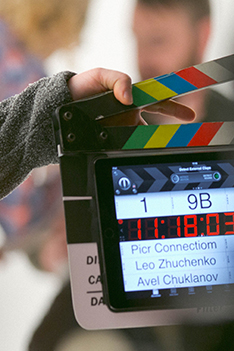THE PLOUSHARE TORTOISE OF MADAGASCAR

QUIRKY SCIENCE
In contrast with popular belief, Edison did not invent the light bulb. Many people contributed to the invention. Mind you, the first lamp was invented around 70,000 BC. Once upon a time we had limelight, which was actually quite unsafe, and then there were arc “arc lamps” – shedding light that blinded movie stars up to the point where they had to wear sunglasses. What Edison did was improve the light bulb to become a practical, affordable and safe product. He tested over 5000 filaments to make the bulb last: from bamboo fiber to a hair out of an assistant’s beard. At the same time others were working on light bulbs made with gasses, which we now know as energy efficient lamps. Modern-day lighting innovations are quite startling, a lot of them - we can’t even see with the naked eye… Lasers, for example. For the longest time it was merely a pet-theory of the grand Einstein. Nobody knew what to make of this idea that ‘atoms could release their excess energy as light’ When the laser was invented, people joked that the laser was ‘a solution looking for a problem’. Now it is omnipresent. In the near future: laser-light therapy by flashing the human brain.
Más...
Descripción
The angonoka tortoise, as the local Madagascans call the ploughshare tortoise, is an especially elegant tortoise with a high-domed golden shell. Reaching an age of well over 100 years, they are found in the wild only on Madagascar, off the south-eastern coast of Africa. Reptile collectors from around the world are frantic to obtain living specimens. However, the interest of Asians is limited to the shell, which is ground into a powder and is considered by many to be an aphrodisiac. Baly Bay National Park in Madagascar is the last natural refuge for the ploughshare tortoise.
Guías de TV
| Canal | Hora | Título |
|---|---|---|
| miércoles, 12:05 | THE PLOUSHARE TORTOISE OF MADAGASCAR |